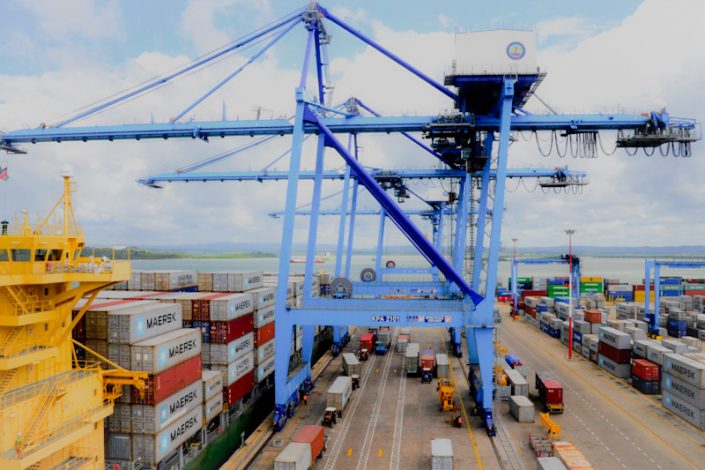This content has been archived. It may no longer be relevant
Moody’s Investors Service revised the outlook on Kenya’s rating to negative from stable citing the country’s rising risks to meet its borrowing requirements and debt payments.
The agency affirmed the B2 rating due to the country’s diversified economy “with high growth potential and quite deep domestic financial markets.”
“The negative outlook reflects the rising financing risks posed by Kenya’s large borrowing requirements which include amortization of external bilateral debt and the need to refinance a large stock of short-term domestic debt at a time when the financial outlook is deteriorating,” Moody’s noted in a statement.
This means Kenya’s credit profile declines further into the non-investment grade meaning investors will price future debt issued by the country as those high risk.
“Moody’s would likely downgrade the rating if it were to conclude that the ongoing deterioration in Kenya’s debt burden and debt affordability was likely to exacerbate liquidity risks, raising questions over the State’s ability to refinance maturing debt,” added Moody’s.
Mohamed Wehliye, Advisor, Saudi Arabian Monetary Authority (SAMA) in a comment said, “It could get worse with the rating agencies next week when the International Monetary Fund (IMF) is expected to increase Kenya’s risk of defaulting on debt repayments from moderate to high.”
“Meaning rating agencies downgrade. Then Bond yield rates will worsen (once you hit 10% yields, no turning back). Access to intl capital markets will be limited. FX rate pressures coz of restricted debt-related periodic top-ups of FX,” Wehliye adds.
National Treasury has gradually raised its net domestic borrowing target from an initial target of Ksh283.50 billion (2.60%t of GDP) to the Ksh 389.70 billion (3.60% of GDP) with 90% of the incremental value coming in the wake of COVID-19 outbreak.
NCBA Analysts are of the view that with tighter global markets external debt substitution could see an increased reliance on local capital markets for deficit financing. This comes as debt servicing rises inline with the government’s debt maturity profile and US dollar appreciation against the Kenya shilling.
READ:
- Coronavirus Pandemic Pushing Investors to Demand Higher Premium on the Sovereign
- IMF Satisfied With Kenya’s Deficit Reduction Plan
Moody’s says, “While Kenya does not face acute financing pressures, the severe tightening of financial conditions will challenge its ability to meet larger gross financing needs without an increase in borrowing costs that would threaten medium-term fiscal consolidation. Weaker growth and larger fiscal deficits will further aggravate Kenya’s already high-debt and interest burdens.”
As a result, it cautions Kenya against involving commercial creditors least the country rating falls into junk status.
“Kenya will not participate in any debt relief initiative that requires the participation of private creditors which could further carry negative implications on the country’s rating,” the agency added.
The Central Bank of Kenya expects the current account deficit to remain stable at 5.8 percent of GDP in 2020 reflecting offsetting effects of COVID-19 on the current account.




